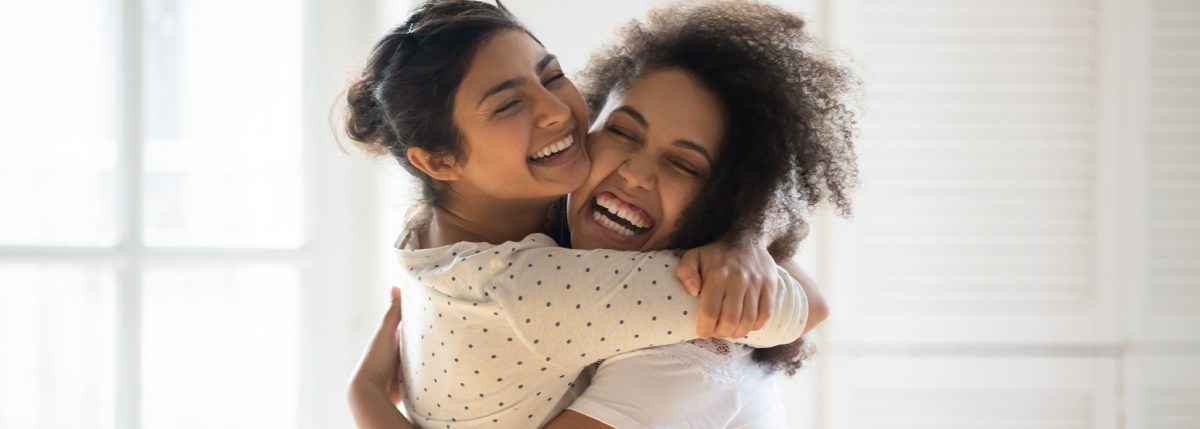Surviving an Eating Disorder with Type 1 Diabetes
Editor’s Note: We Are Diabetes is now accepting applications for additional Mentors. The next Mentor Training Program, supported in part by Beyond Type 1, launches in June. If you have experience with type 1 diabetes and an eating disorder, please consider applying.
There’s a bit of irony surrounding my type 1 diabetes (T1D) diagnosis: I found out I had type 1 diabetes at my intake assessment for eating disorder treatment!
I’d been in full eating disorder recovery for over five years, but in the six months prior to being diagnosed, a few life stressors triggered my depression and my body image issues came back. At this time, I noticed I was losing a lot of weight and it was triggering more disordered thoughts for me. I ended up getting extremely sick before I accepted that I most likely needed inpatient treatment for my eating disorder.
At my initial assessment, my blood sugar was nearly 33.3 mmol/L600 mg/dL and I was immediately sent to a local hospital. I learned how to give myself shots and count carbs and started to absorb all of the information I would need for my life moving forward. It was very overwhelming. The reality of being diagnosed with T1D, and the grief process that comes with a chronic disease diagnosis, along with my disordered thoughts about food and body image, had become all-consuming.
A month after my T1D diagnosis, I returned to treatment and got support for my eating disorder, but I was still not ready to embrace my new life with diabetes. Before I hit “rock bottom,” I was almost never connected to my pump and I stopped wearing my continuous glucose monitor (CGM). I barely had the energy to get through the day. My treatment team suggested a higher level of care (inpatient) many times to me, but I didn’t think I needed it—I didn’t realize how sick I was.
I was finally threatened with being committed to treatment. I remember begging everyone on my treatment team to give me one more chance. I told my team if my blood sugar wasn’t under 16.6 mmol/L300 mg/dL by later that week I would go to inpatient. They agreed.
It was at that moment, when I almost got everything taken away from me, that I decided to channel my stubbornness into a new direction: recovery! I decided I didn’t want to feel sick anymore, and I wanted the chance to have a baby, and a life that was not dictated by an eating disorder. I realized on that day that I couldn’t ignore my diabetes any longer. I couldn’t stay in denial and hope it would just go away.
I finally started being honest with my support system. I continued outpatient treatment and every week I became stronger—physically and mentally. My husband and I returned to discussing our dreams of starting a family, something we’d both wanted for a very long time.
Three months after my rock bottom moment, I found out I was pregnant! I couldn’t believe after all I had put my body through that I was able to conceive a child. I had a very healthy pregnancy and I’m so thankful for my miracle baby, Blake.
I’ve always loved being able to help others, it’s truly my passion. However, I’ve realized I can’t help other people until I’m able to help myself. I hope my story of eating disorder recovery and diabetes acceptance is able to reach someone out there who feels alone. Please know: there is hope, there is healing and there is a light at the end of tunnel!





